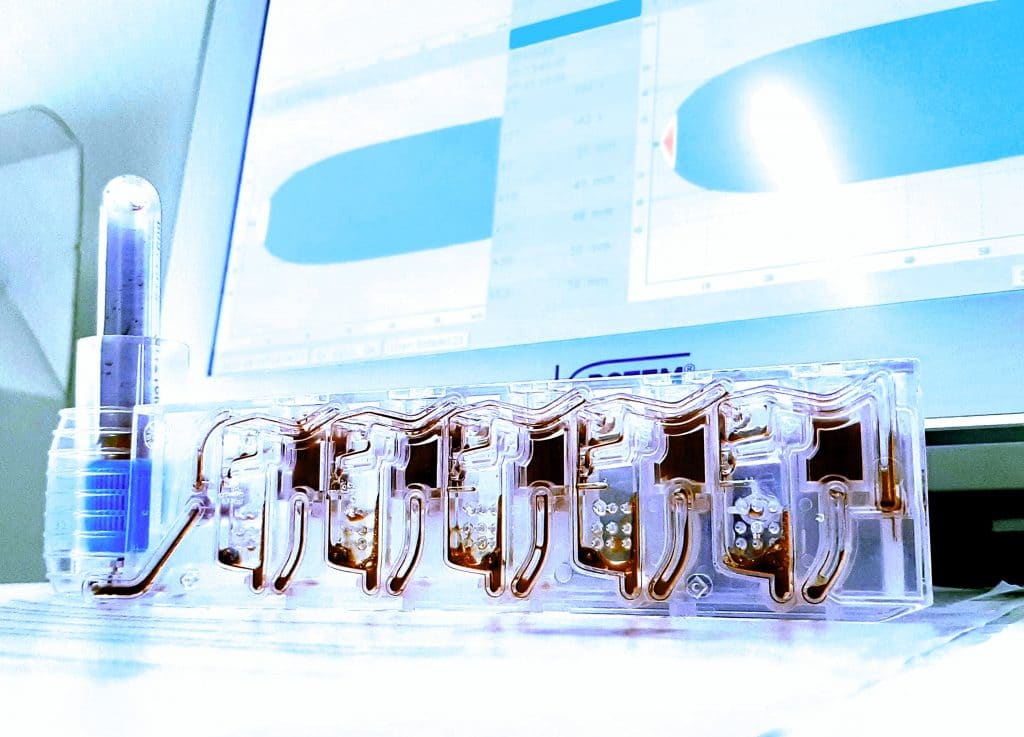Which Factors Have a Great Impact on Coagulopathy and Hemostatic Impairment after Cardiopulmonary Bypass in Cardiovascular Surgery? An Analysis Based on Rotational Thromboelastometry

Objectives
This study aimed to investigate which factors have a great impact on coagulopathy after cardiopulmonary bypass (CPB) using rotational thromboelastometry (ROTEM).
Methods
Ninety-eight patients undergoing cardiovascular surgery using CPB were enrolled. Data of amplitude 10 min after clotting time (A10) of ROTEM measured routinely before and after CPB were retrospectively collected. ROTEM has some assays by which we can evaluate the capacity of extrinsic coagulation (EXTEM), intrinsic coagulation (INTEM), fibrin polymerization (FIBTEM), and the effect of heparin (HEPTEM). The platelet component, defined as PLTEM, can be calculated by subtracting FIBTEM from EXTEM. Age, sex, total plasma volume, pre-CPB A10, lowest body temperature, in–out balance during CPB, intraoperative bleeding amount, and type of pumps were considered as possible factors. Univariate and multivariate analyses were performed for the rate of change of A10.
Results
The change rate of each A10 had a significant negative correlation with bleeding amount (p < 0.01 for EXTEM, p < 0.01 for INTEM, p = 0.02 for FIBTEM, p < 0.01 for PLTEM). Female sex was a significant contributive predictor for the greater decline of EXTEM (p < 0.01) and INTEM (p < 0.01), positive balance for EXTEM (p < 0.01), FIBTEM (p = 0.01), and PLTEM (p < 0.01), long CPB time for INTEM (p = 0.01), centrifugal pump for FIBTEM (p < 0.01), and large pre-CPB A10 for PLTEM (p < 0.01).
Conclusion
In perioperative hemostatic management using ROTEM, attention should be given to the effects of these multiple factors.
